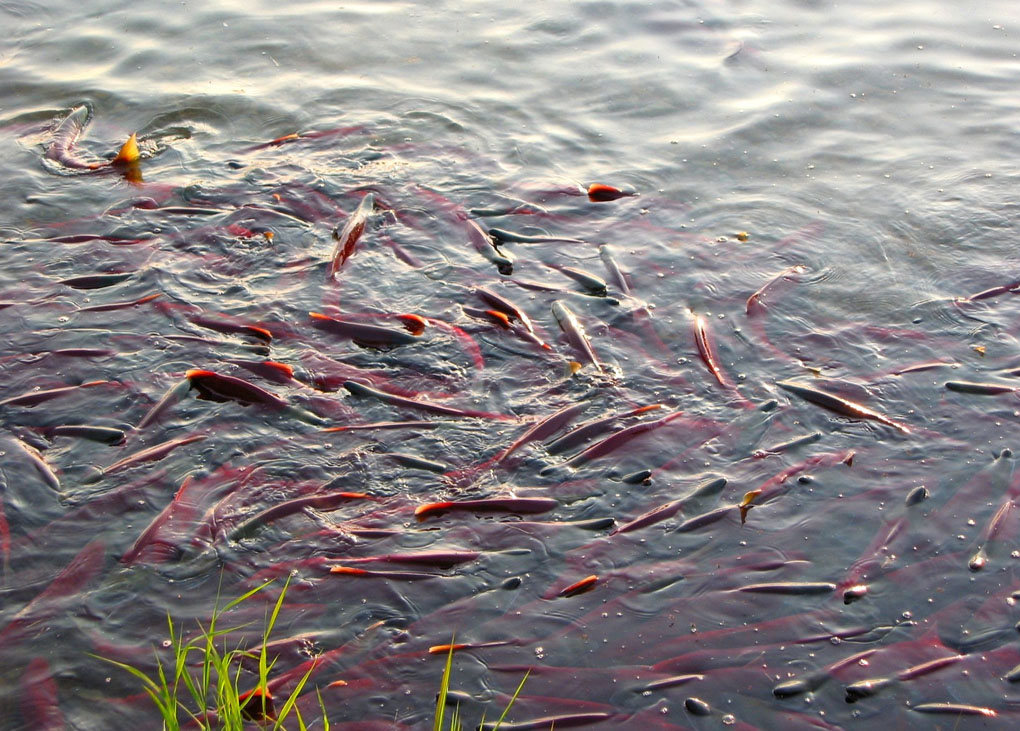Researchers from Dalhousie University in Canada have been working on ways to artificially cool streams to save coldwater species of fish.
As water temperatures rise, various species of fish have been impacted – scientists estimate 400,000 fish make the annual salmon run in Canada, whereas 50 years ago the numbers were about a million.
The scientists say there are a few reasons for this, including overfishing, damming and pollution. The latest threat is the rising temperatures of the water, which is linked to human water management techniques and climate change.
Salmon can die when water temperatures reach 27°C. A stream or river usually has natural bends and sheltered areas that provide cooler spots, but human intervention has affected these areas.
A recent study of 580 rivers across the United States and 216 rivers in central Europe revealed persistent warming in 87 per cent cent of the rivers.
Doctoral candidate in the Coastal Hydrology Lab at Dalhousie University in Canada, Kathryn Smith, has been working with her graduate advisor Barret Kurylyk on methods to cool the water. She’s developed two techniques to help the fish.
The first cools the water by allowing it to flow through an underground trench. It offers the fish a temporary haven to cool down and lowers the water temperatures by a couple of degrees.
The second method pumps cold water from wells into the streams. Although this is a more effective method of cooling the water quickly by up to 20°C, it could also potentially alter the water chemistry and introduce contaminants.
Smith received funding from the Atlantic Salmon Conservation Foundation and the Nova Scotia Salmon Association for her work, and she’s tested her systems at a few sites in Nova Scotia. Her next plan is to expand her experiments and trial them in different regions.
She told E&E News that they would like to do additional case studies and then compile those results, presenting them to scientists, government agencies and water managers – along with solutions on how to incorporate potential solutions into waterways.
Kurylyk said it’s important to seek out a variety of perspectives on new water management techniques and consult with environmental groups, biologists, government agencies and Indigenous communities.
Although the team admits there is plenty of work still to be done and potential issues to be examined in future experiments, they hope their efforts will allow species like brook trout and Atlantic salmon to persist for the foreseeable future.
The research paper is available to read here.



Leave a Reply